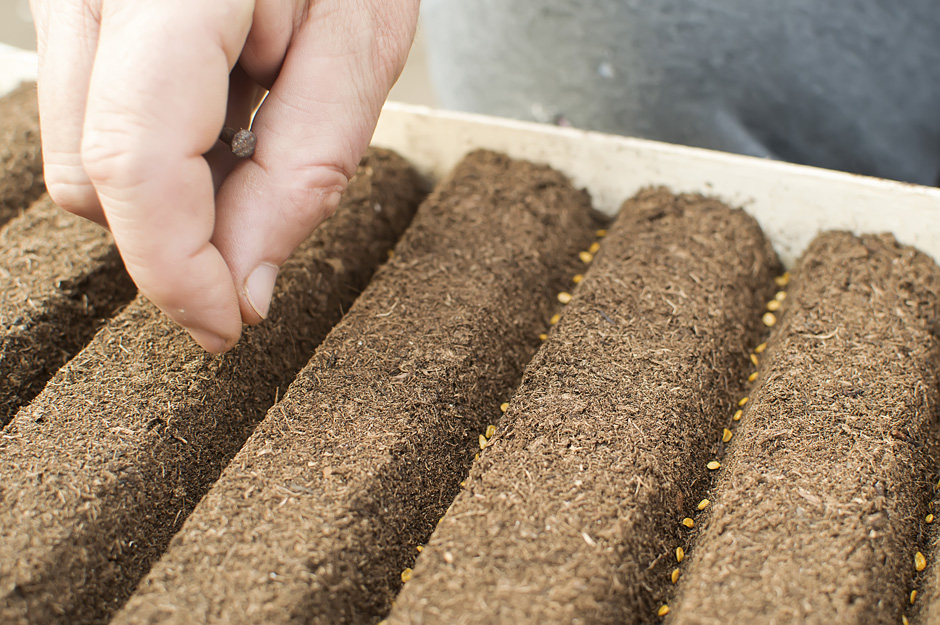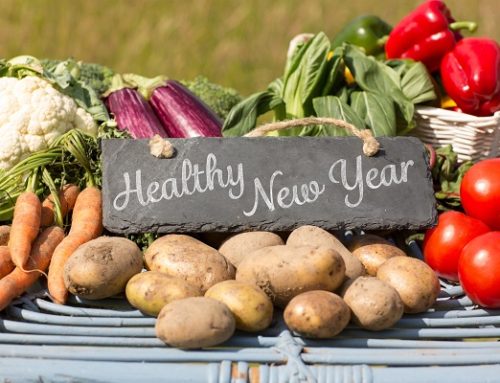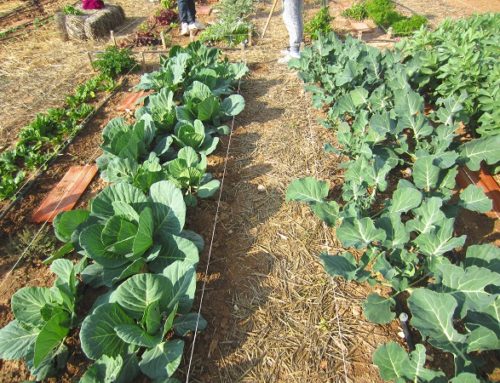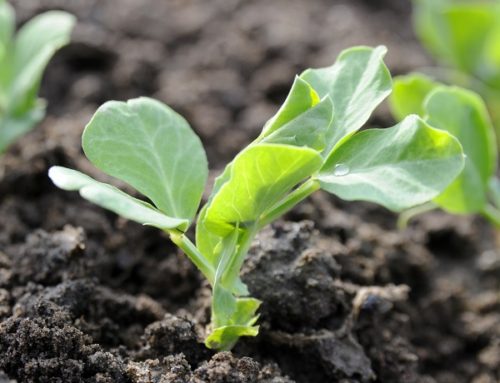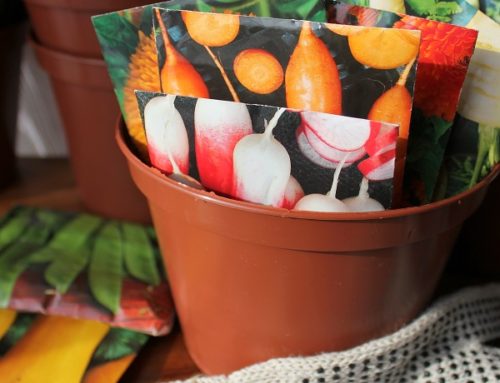- Plant small fruit plants such as blueberries, grapevines and fruit trees before buds break.
- Set out broccoli, cabbage, cauliflower, head lettuce, carrots and other cool-season plants in mid-March. Plant seeds for lettuce, carrots, beets, spinach, radishes and peas. (You can grow cool-season crops in the spring and the fall.)
- Start warm-season vegetables such as tomatoes, eggplant, watermelons, squash and cucumbers indoors so they’ll be ready to transplant after danger of frost.
- Fertilize fruit trees with a slow-release fertilizer in early March.
- Protect strawberry blooms from late frosts by covering with sheets of cloth or plastic.
- Purchase quality seed from reputable dealers or garden centers.
- Purchase varieties that grow well in your region.
Before you start planting, check the frost date in your area. Also check best varieties in your region. Check with your state’s land grant university for contact information on a local resource.

